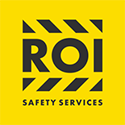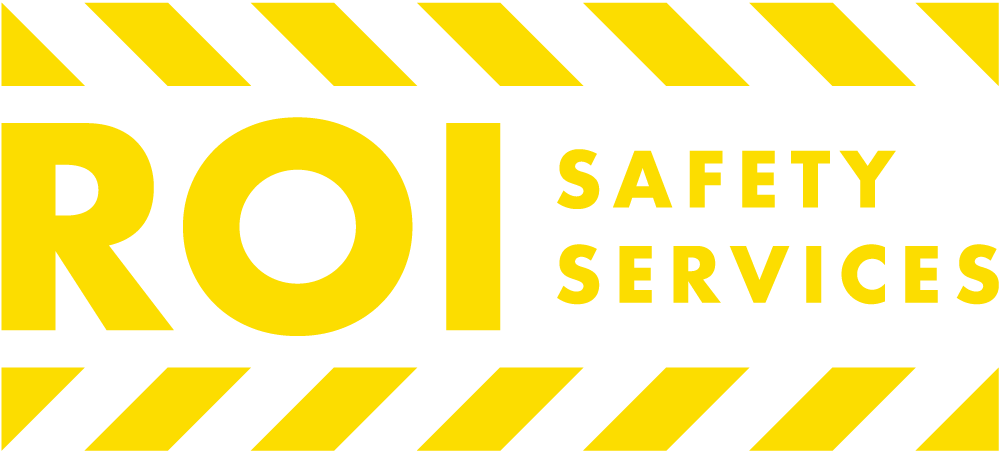
How to Become OSHA Certified
If you work in an industry such as manufacturing, construction, or industrial warehousing, you might know that many employers will require that you have an OSHA certification. And while online research may make it seem like a difficult task to get such a certification, it is actually a simple, straightforward process. In this post, we will walk you through how to become OSHA certified (Quick note, technically, an OSHA card is not considered a certification, but it is commonly referred to as such).
Understanding What OSHA Certification Really Means
OSHA is the Occupational Safety and Health Administration. It’s part of the Department of Labor and generally examines workplaces to ensure they are safe and free of hazards. However, there isn’t a single OSHA-run program that provides you with a “diploma.” Instead, there is a list of approved programs recognized by OSHA as providing adequate training in occupational safety.
So, essentially, you or your employer are free to choose whichever OSHA-approved program you prefer. Most of these are provided by third-party companies and consist of around 10 to 30 hours of education specific to your industry. Once certified, you will be considered adequately equipped to work towards a safer, healthier work environment.
Becoming OSHA Certified
As stated, you or your employer can choose the OSHA training provider of your choice. All you need to do is ensure that the company you go with is listed on the OSHA website as having the authority to certify. Once you sign up, you will pay the fee and attend the specified hours of supplemental education.
Some companies provide online OSHA training, but others prefer a more hands-on, classroom-based approach. Neither is “right” or “wrong,” and mostly depends on convenience and cost. You can also find courses in multiple languages to ensure full comprehension of the material for all workers.
Choose Your Certification
OSHA requires that you receive a certificate that is relevant to your industry and place of work. If you are a contractor, construction worker, or mason, for instance, you would need to pursue an OSHA Construction Certificate. There are also programs specific to Maritime work as well as General Industry employment.
OSHA 10 vs OSHA 30 – What do you need?
As stated above, OSHA requires 10 to 30 hours of supplemental training. An OSHA 10 DOL card is usually reserved for employees that don’t act in a supervisory role. This training is usually broken up into two five-hour days with mandatory breaks. Doing so ensures that attendees are better able to absorb the information while still minimizing in-class time.
OSHA 30 DOL cards are necessary for any employee that will be acting as a supervisor or shift leader, including those who already hold an OSHA 10 certification. The course is longer, and typically divided up into four to seven days of class time. The information is far more detailed and includes training specifically designed to help project managers and foremen keep their teams safe.
How long does it take to get OSHA certified?
It depends on which OSHA standards an individual needs to be certified for. The OSHA 10 course will take 10 hours over 2 days and the OSHA 30 course will take 30 hours over 4 days.
While this information is current at today’s date, it is always best to check with your employer, because they may have different curriculum requirements than what the general public would typically expect.
Better Safe Than Sorry
OSHA Certification requirements vary from job to job, industry to industry, and state to state. On a Federal Level, attending OSHA training is completely optional. However, most employers take a “better safe than sorry” approach, requiring their employees to get certified in order to minimize injuries (and the lawsuits they cause).
AT ROI Safety Services, we provide fully-compliant OSHA Safety Training to employees from a wide range of industries. Here, we believe that employees are a company’s most valuable asset. By investing in a safe workplace, companies can protect that asset, lower insurance costs, and drastically reduce workman’s comp claims and legal disputes. Contact us today to learn more.

